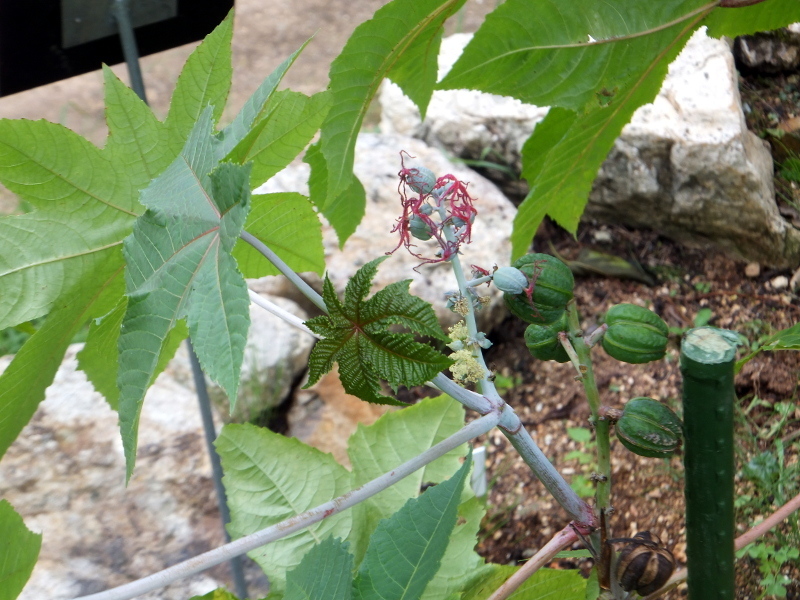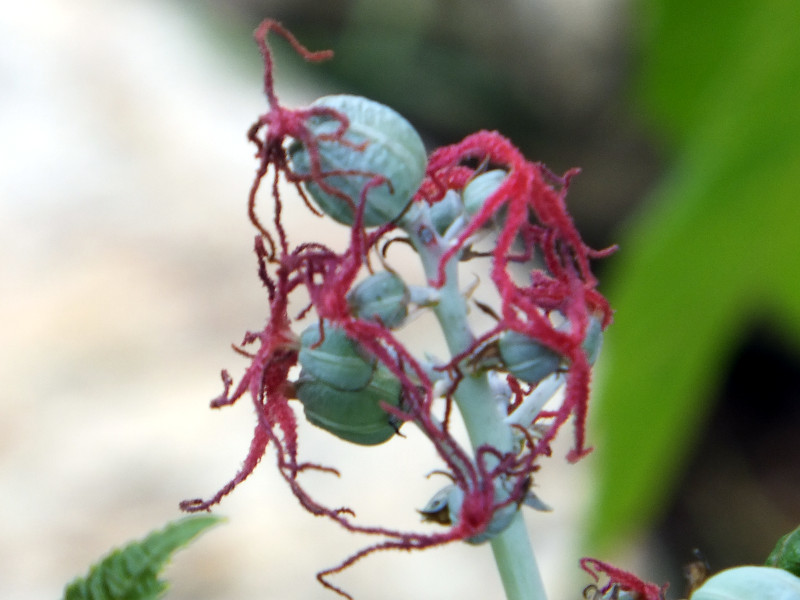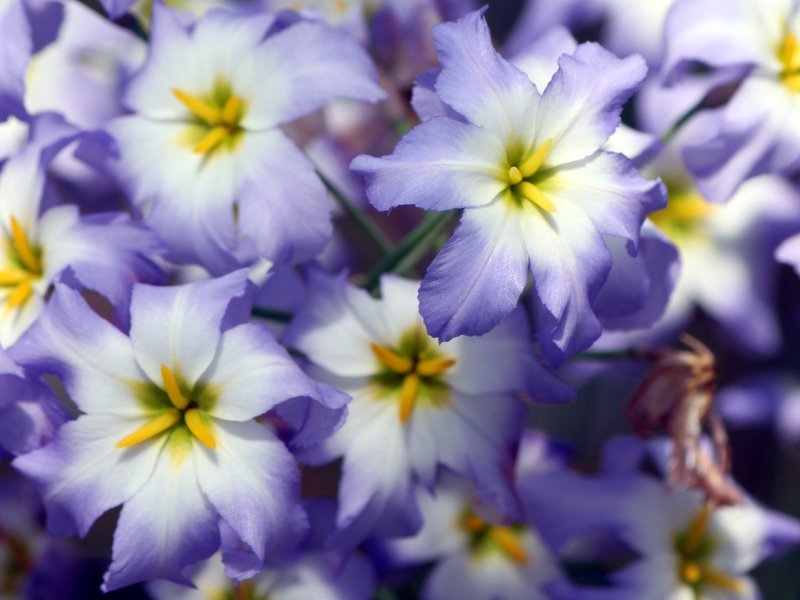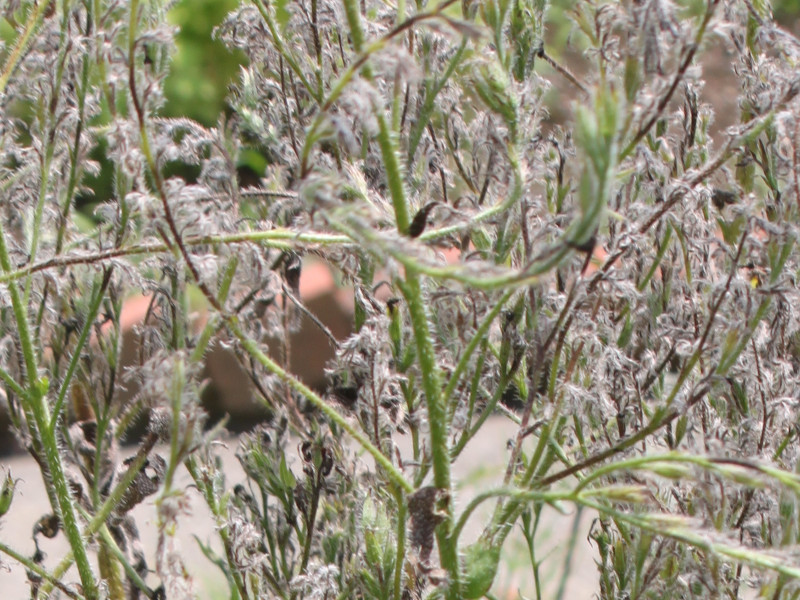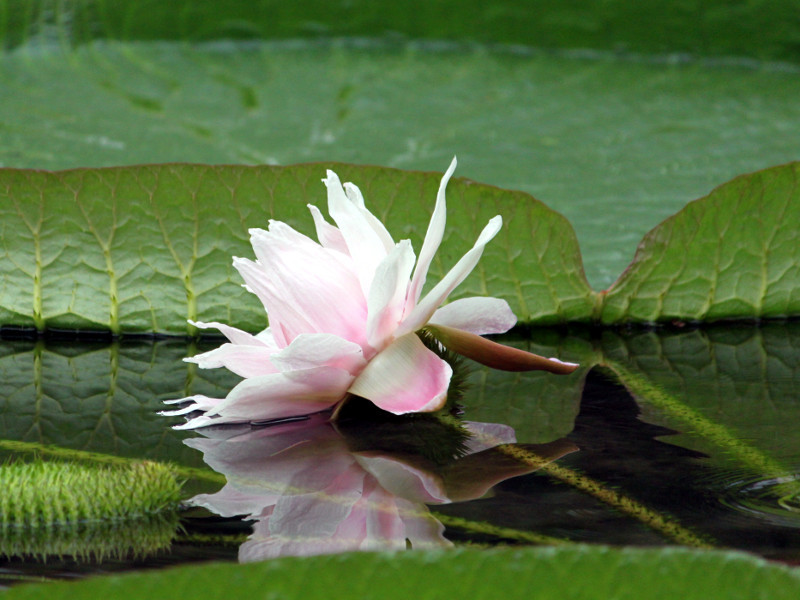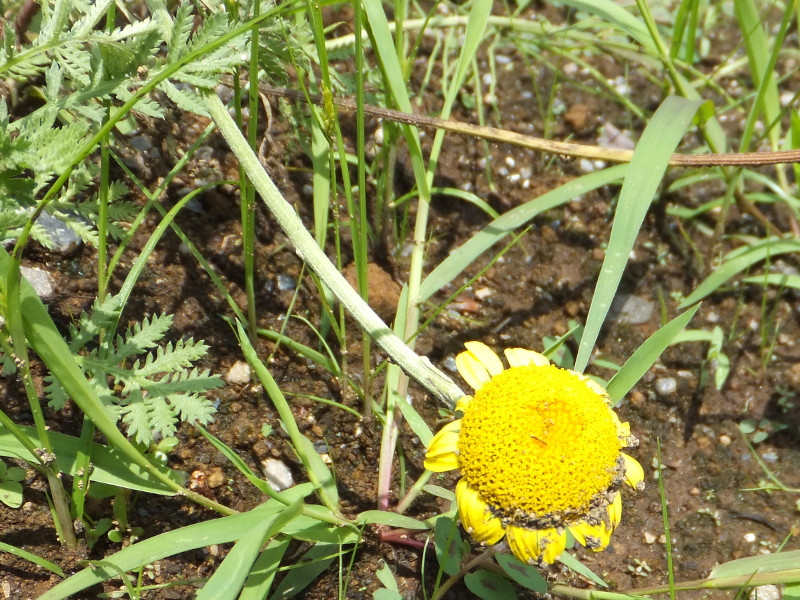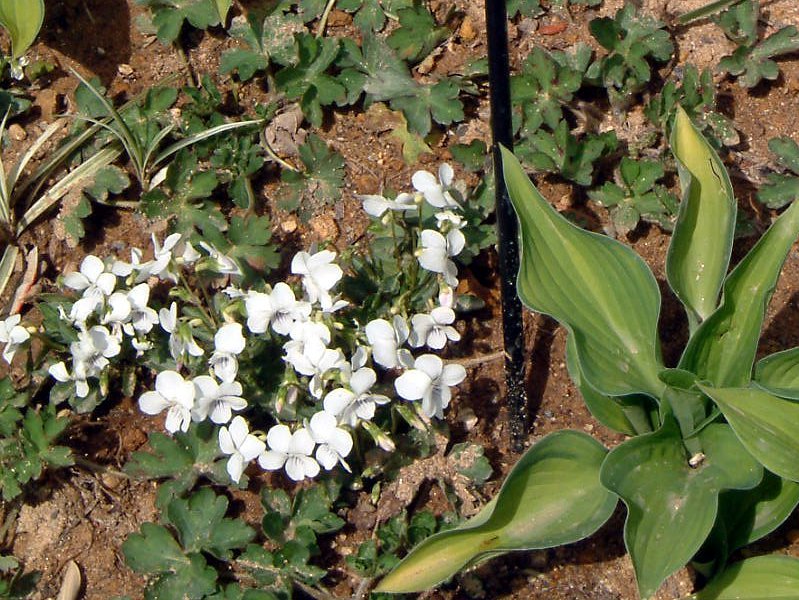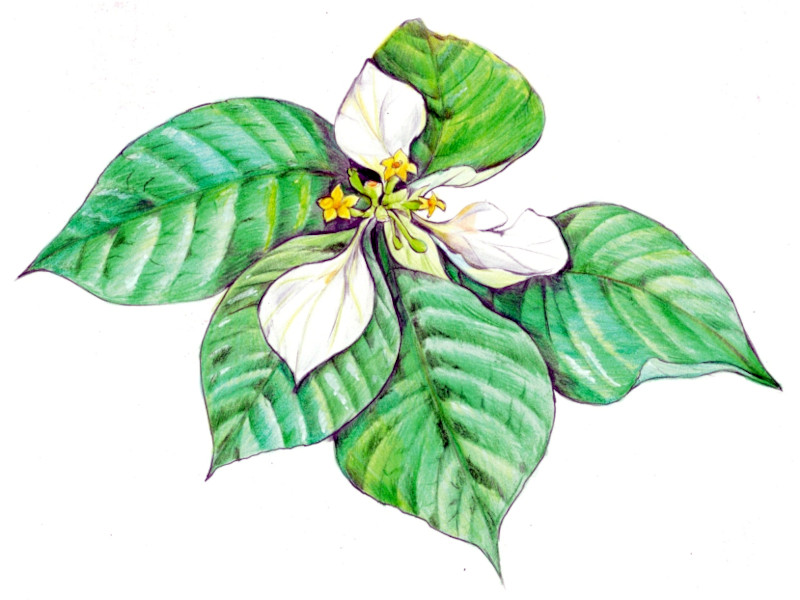Ricinus communis
- Flower nameRicinus communis
- Scientific nameRicinus commnis l.
- Alias唐胡麻, Castor bean
- Place of originEast Africa
- Place of floweringFields and footpaths
- Flowering seasonAugust, September
What is Ricinus communis
Ricinus communis (scientific name:Ricinus commnis L.) is an annual (in temperate regions) and perennial (in tropical regions) herbaceous plant in the family Euphorbiaceae native to East Africa. The leaves are green, palmate, serrated, and alternate. In late summer to early autumn, the conical inflorescence grows from the center tip of the leaf axil, with red female flowers above and pale yellow male flowers below. It produces a flower. The fruit is a capsule, with an oval seed pod. The tree is considered to be an ornamental plant. The seeds are used to make castor oil, which can be toxic, and the squeezed oil is used to make castor oil.
Common name: Ricinus communis, scientific name:Ricinus commnis L., aka:Castor bean, origin: East Africa, living type: one year (temperate) grasses or perennials (tropics) , plant height: 200 cm, Leaf shape: palmate shape, Leaf color: green, Leaf margin: serrated, leaf inflorescence: alternate, dioecious with female flowers above and male flowers below, inflorescence: conical, female flower color: red, Male flowers: pale yellow, flowering time: August-September, fruit: capsule, seed shape: oval, seed color: light brown with blackish brown spots on a light brown background.
Note: Toxic to seeds, use: houseplants, laxatives (seeds) in Chinese medicine.
